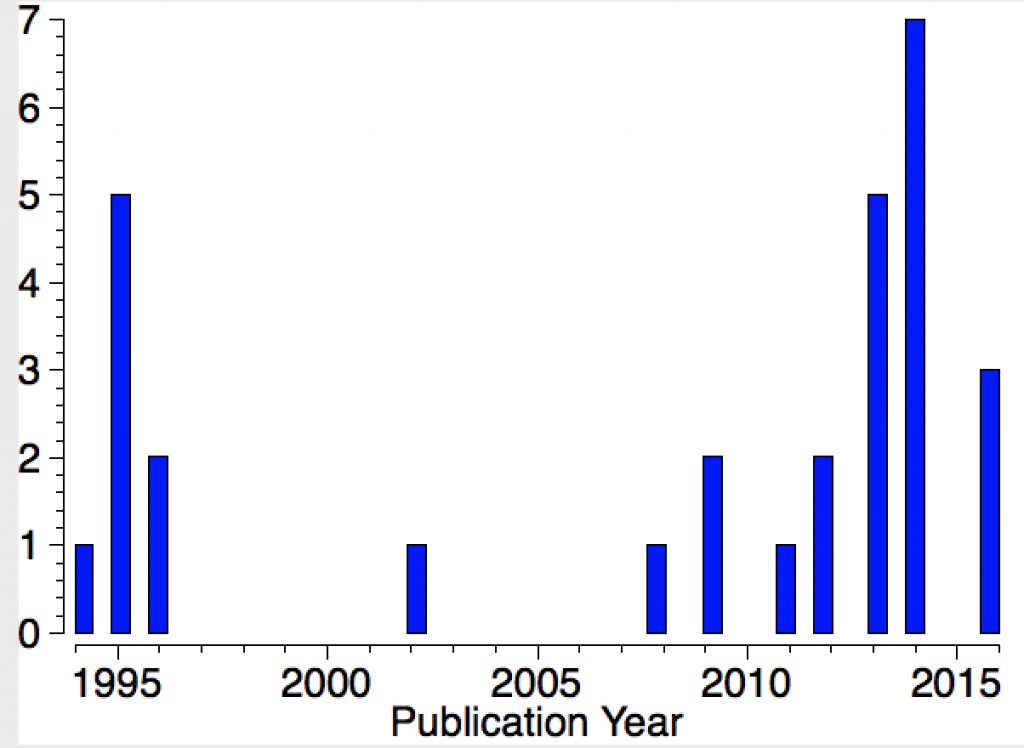
It is not only the non-classical norbornyl cation that has proved controversial in the past. A colleague mentioned at lunch (thanks Paul!) that tri-coordinate group 14 cations such as R 3 Si + have also had an interesting history.[cite]10.1021/ja990389u[/cite] Here I take a brief look at some of these systems. Their initial characterisations, as with the carbon analogues, was by 29 Si NMR.